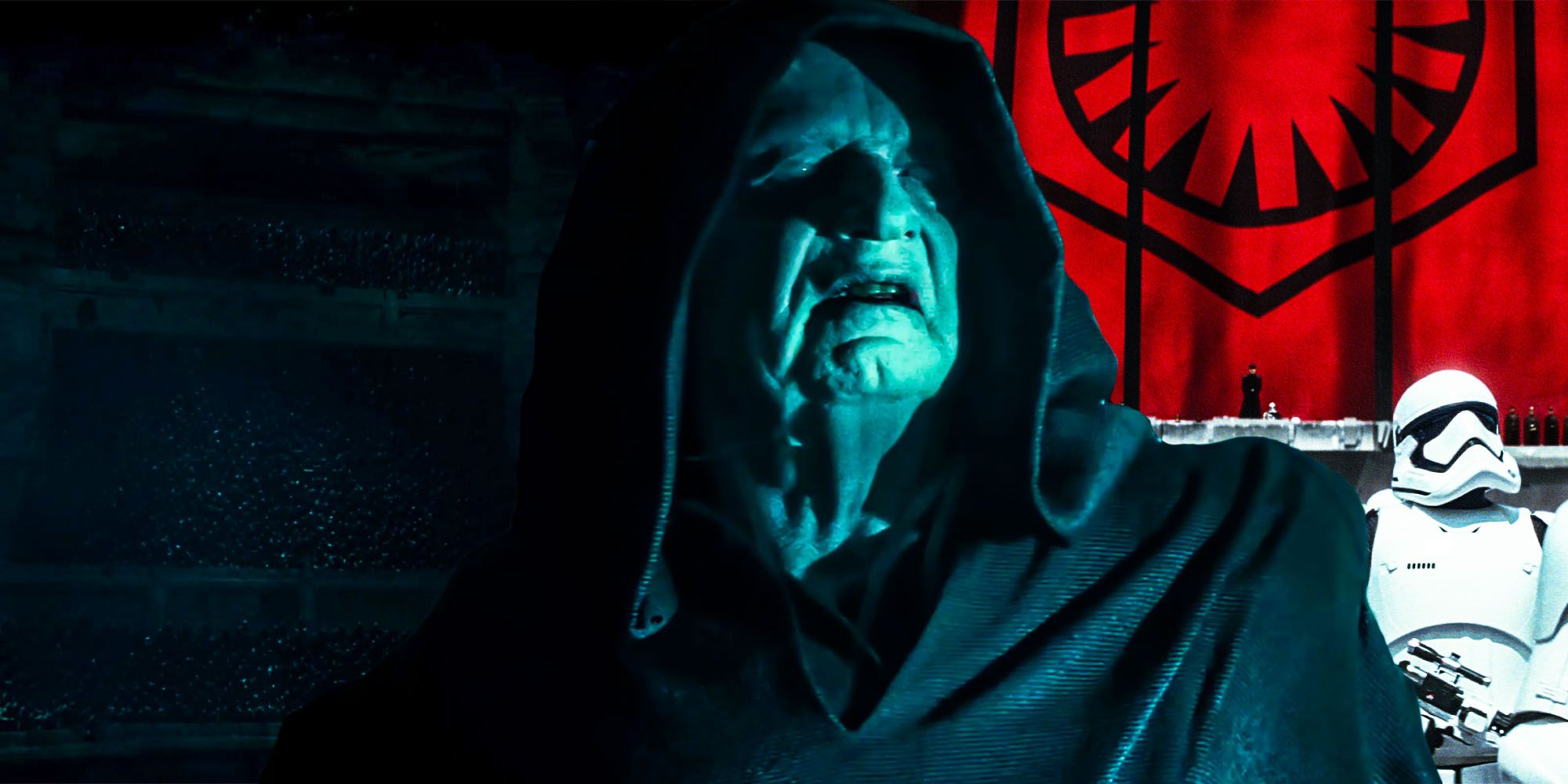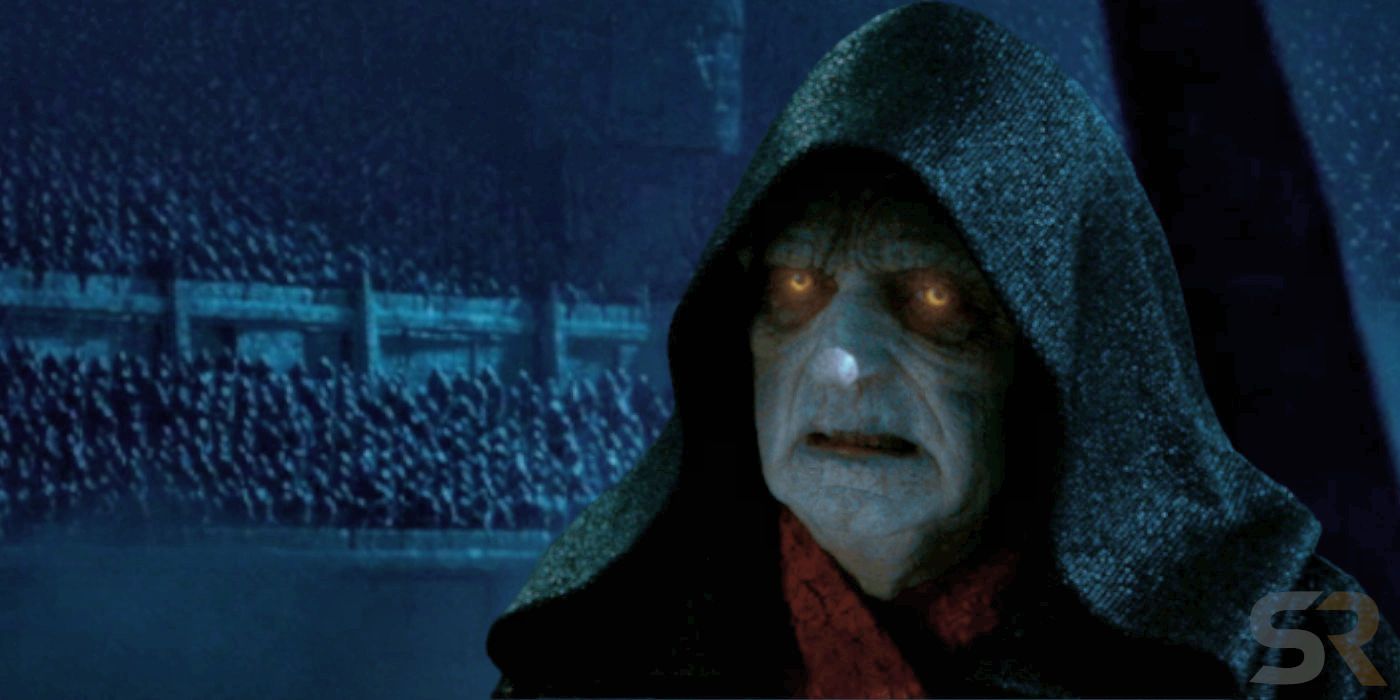Palpatine returned from the dead between the original and sequel Star Wars trilogies, assisted by the mysterious Sith Eternal. In their Star Wars: The Rise of Skywalker debut, the Sith Eternal seemed to be a mysterious cult headquartered on the ancient Sith world of Exegol. The cult members tended to the weakened but living Sith Lord and helped him create the strand-cast proxy ruler, Snoke, who commanded the First Order as its Supreme Leader. Although they had a profound impact on the Skywalker Saga, very little was revealed about the Sith Eternal in The Rise of Skywalker, but the 2021 sourcebook, Star Wars: The Secrets of the Sith, explores their origin and their ultimate mission.
The Rise of Skywalker took heavy inspiration from the Legends-era comic series, Dark Empire. In both stories, Palpatine returned from the dead after the Return of the Jedi and retreated to a hidden fortress world that served as a base for a hidden backup portion of the Empire. In Legends, this was the Dark Empire, while in canon, it was the Final Order. In both cases, Palpatine proved that he learned from his master, Darth Plagueis, and used the dark side’s unnatural powers to transfer his essence into a cloned body, thus cheating death.
As described in Secrets of the Sith, Palpatine created the Sith Eternal during his time as The Emperor. While military leaders publicly enforced their Emperor’s will across the galaxy, Palpatine collected his most devout religious followers and hid them away on Exegol to further his goals of living forever and perpetually growing in power. This coincides with Marvel’s Darth Vader comics, which showed that the Sith Eternal and their horrific experiments were well-established by the events of The Empire Strikes Back, with Palpatine’s cloning experiments and superweapons already in development.
The Sith Eternal succeeded in their mission, helping Palpatine achieve a power that no other Sith Lord in galactic history achieved. They also served their purpose as a safety net for Palpatine, should he perish. Palpatine transferred his consciousness to Exegol as he fell down the Death Star II’s shaft, as revealed in Star Wars: The Rise of Skywalker: Expanded Edition, where the Sith Eternal cult soon greeted their master, now in a weakened clone body.
While the Sith Eternal was formed from the Empire’s most devout Sith zealots, they also formed a deadly military branch: The Final Order. The offspring of the Sith Eternal cult members were indoctrinated in the ways of the Sith, becoming a far deadlier and more loyal version of the eventual First Order’s deadly military. The Final Order also included Palpatine’s deadliest superweapon, the Xyston-class Star Destroyer. These vessels were comparable to Imperial Star Destroyers, but each ship in Palpatine’s massive fleet was armed with a superlaser, making each one a potential planet-killer.
The Sith Eternal successfully elevated their leader to the peak of his power. With the First Order absorbed into his Sith Eternal and Final Order forces, Palpatine was poised to unleash his most overt bout of oppression yet upon the galaxy. However, these plans failed when Palpatine, his fleet, and the Sith Eternal were destroyed during the Battle of Exegol. While Palpatine may have truly died at the end of the Star Wars saga, the Sith Eternal cult succeeded in its mission to resurrect and empower its leader.



